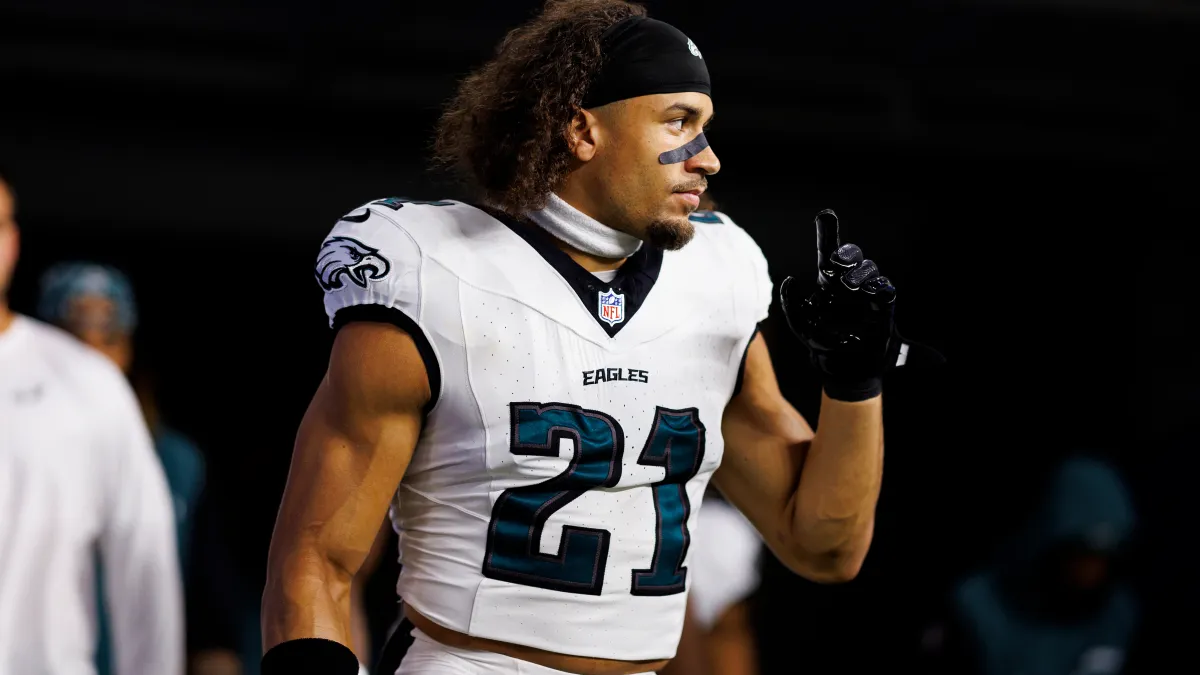Fashion
Turning Back the Clock to 1994 With Zac Posen
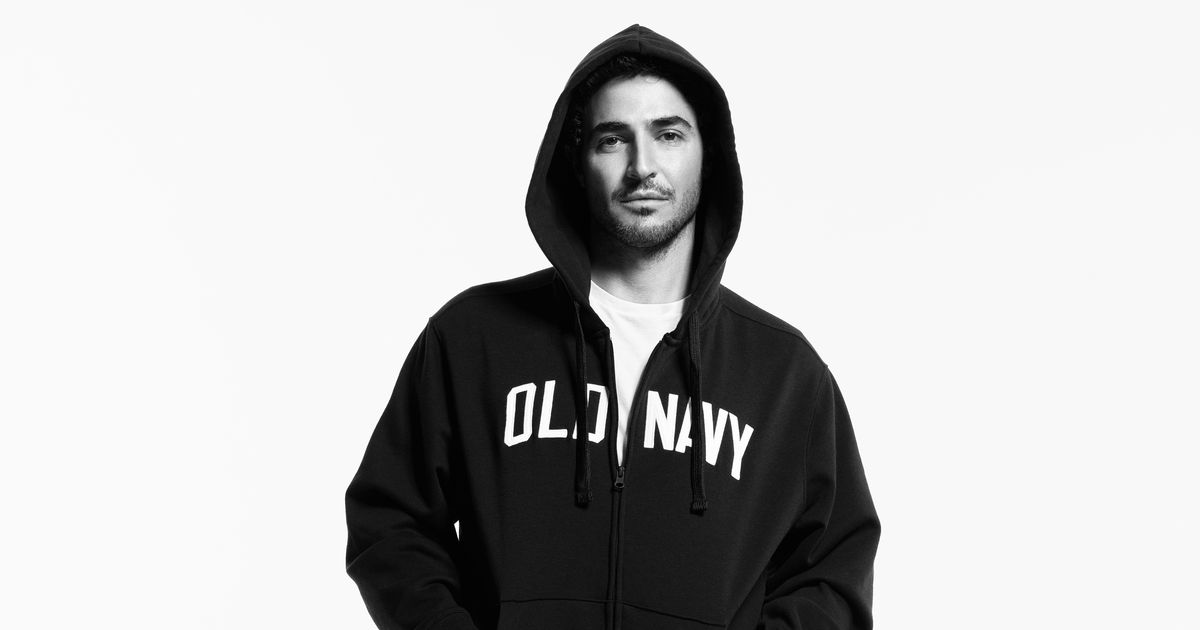
Brands are trying to tap into the collective feeling of nostalgia and longing for the times of yore — rereleasing previously shelved silhouettes, going analog and sending out catalogues, you name it, — but few are doing it as well, and authentically, as Old Navy. Since Zac Posen was appointed creative director of the Gap and chief creative officer of Old Navy in February, both brands have been able to tap into cultural moments instinctively and quickly (think Anne Hathaway’s Gap red-carpet dress heard round the world), and Old Navy’s most recent 1994 reissue is no exception. The collection, which features baby tees, baggy jeans, cargo pants, tracksuits, bucket hats, fleeces, and spaghetti-strap tanks, feels very of-the-moment and sentimental at the same time, capturing the push and pull between old and new already present in the way we dress today.
“To quote Leni Klum — and, obviously I have an amazing relationship with her mom — when she went through the collection, she was like, ‘Well, this is everything that I just want to wear, and my friends want to wear. This is how we want to dress,’” Posen said of the 20-year-old model. “I think it’s interesting owning your heritage and then connecting it to the contemporary cultural Zeitgeist.”
Below, Posen discusses channeling the ’90s through clothing, where he draws inspiration from, and what it was like to grow up in New York City.
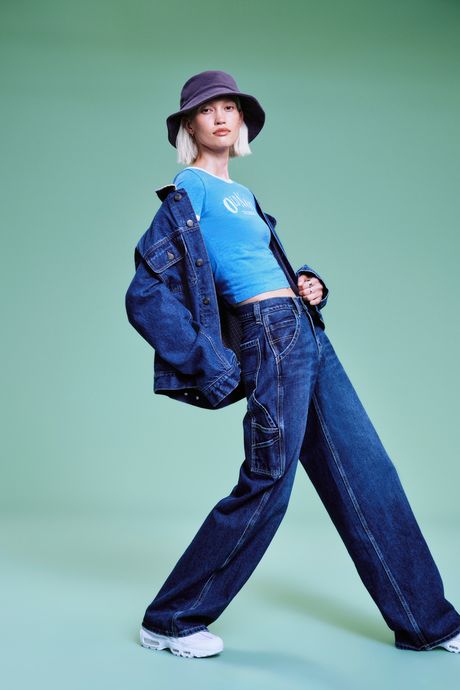
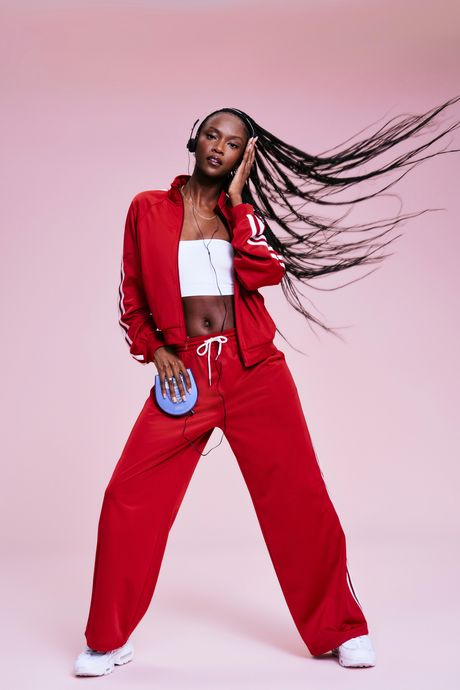
From left: Photo: Old Navy/ Photo: Old Navy/
From top: Photo: Old Navy/ …
From top: Photo: Old Navy/ Photo: Old Navy/
Hi! I’ve been wearing my Old Navy cropped ringer tee all week.
My little cargo pants and cargo jeans and polar fleece are literally rocking my world.
Tell me about them.
I’m really just impressed and blown away by my team, and this is a collection that I kind of inherited the creative idea of nostalgia. What blew me away in the process was their finishings, washes, and vintage feel. It feels good.
What felt right about right now to revitalize this aesthetic of 1994?
Many people my age — who were 14 and 15 in 1994 — now have this feeling of looking back to these cultural pillar moments: the skater trends, the hip-hop trends of the time, the independent films; they were all so powerful at that moment. Rules were broken, but good art was made, so I think there’s something deeper happening right now.
I love that you mentioned that you were in your teens in the ’90s. Was there any sense of personal nostalgia for you throughout the process of bringing this collection to life?
When I walked in, there were these images and inspirations from Claire Danes and Uma and Chloë, Naomi and the great Meisel ads with the bucket hat — and these are my girlfriends. I have a clear memory of walking down lower Broadway, off of Bond Street, and Lafayette as a teenager, like looking for Liquid Sky and being on my Sony red kids’ cassette player, because I thought it was cool. That led me to ask: What is this collection missing? It’s missing these kinds of hues that had a little bit of a throwback, kind of mid-’70s quality that got reinterpreted in the ’90s, which probably also came from vintage shopping in the ’90s. I mean, vintage was a ’90s phenomenon. These subcultures had a place at the table for the first time, and so that created really great art, great minds, great thinkers.
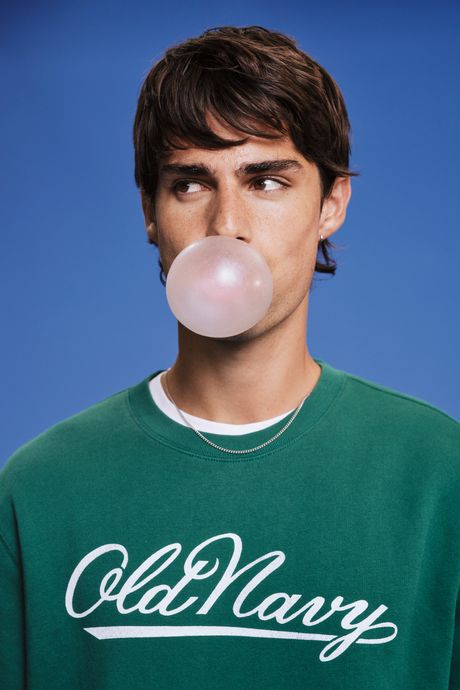
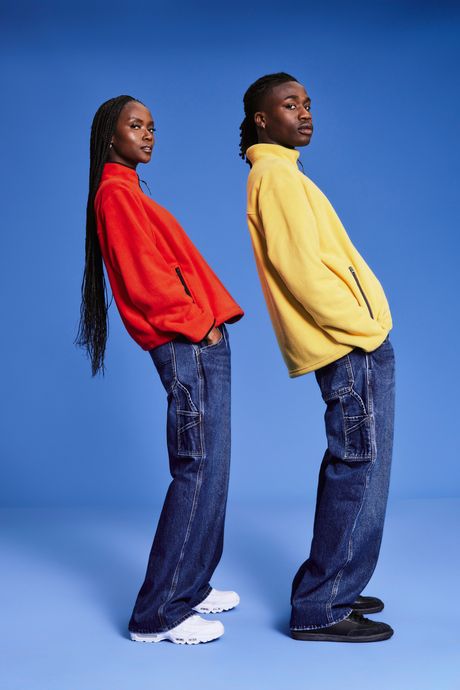
From left: Photo: Old NavyPhoto: Old Navy/
From top: Photo: Old NavyPhoto: Old Navy/ …
From top: Photo: Old NavyPhoto: Old Navy/
Do you remember what you were like in 1994?
I was really a kid growing up in New York City. I would have been 15. I was at a summer camp for a musical theater. I’d be wearing an Old Navy or Gap pocket tee at the time. I was also wearing vintage high-waisted sailor trousers. And then I wore these pretty outrageous John Fluevog lime-green crazy platform shoes. I had really long, curly hair. I remember that after high school, I would take the train in and try to time it to catch Brad Pitt and Gwyneth Paltrow walking down Mercer Street. When I went to high school, I went to school with kids who were the muses of culture of this time: Harmony Korine, Chloë. That was a moment in New York. The skater boys would sit on St. Mark’s cube. That was my first kind of introduction to fashion. I was transitioning into the idea of making clothing, which was an important time for me. I was definitely asking who I was. I was way innocent, way nerdy, and finding my identity.
Fashion-wise in ’94, you have John Galliano turning up the heat in fashion; you have Karl Lagerfeld making his most beautiful collections, getting really elegant and romantic in reaction to Galliano; you have McQueen hot and angry and bothered and furious and ferocious, coming on and bringing this in-your-face messaging and questioning ideals of beauty that were happening.
I made my first real fashion piece that I wore, and I remember buying the fabric with my mom in rural Pennsylvania, in Bucks County, where we had a teeny farmhouse. We sewed a floor-length, fake-fur, black-and-white coat that I tramped around in in New York and on the subway. It was the moment where I understood the power of fashion, because it became a conversation piece of self-expression on my subway car, and it started to get pickup. It’s also the first time, as this very, very young adult, that I began to get attention because of this coat, and because of the way I looked. I was wearing eyeliner and eye shadow at the time. It was a form of interaction with New York City as a community.
There was a sense of a better time, a romance, a changing time, a loss of innocence. How do you bring out this longing? I understand why these kids and teenagers and this new audience are so enthralled and excited about all these incredible carpenter jeans, incredible crop tops, and nostalgic logos.
Do you have a memento that you keep from the past?
I have all my school and camp T-shirts that are just personal. From a material-object standpoint, I just relinquished all of it, which is great. It’s good to keep a small box. I think it’s also a nice thing to let it go. I definitely have little remnants of my party frocks I was making for my girlfriends in ’94 and ’95. I’ve got my magazines. Print and publications were at a level of excellence and such a high degree in terms of storytelling. Our artists and writers, filmmakers, technicians, and costume designers in Hollywood were really valued. I hear it from the kids that there is an understanding and appreciation right now in culture for that time, as we are moving into such a virtual, digitally dependent, unhuman world.
This collection we’ve been talking about gives us the option to try time travel a little bit. If you could travel to any time period, where would you go?
I’m really happy where I am today.
Wow.
I’m an Imagineer, though. I would really be interested to go very Proustian and see Paris specifically, in La Belle Époque. I probably would have loved the mid-to-late ’70s as a young adult. Those are my people who work with me pretty well. You can ask Pat Cleveland and that whole generation; it’s simpatico.







